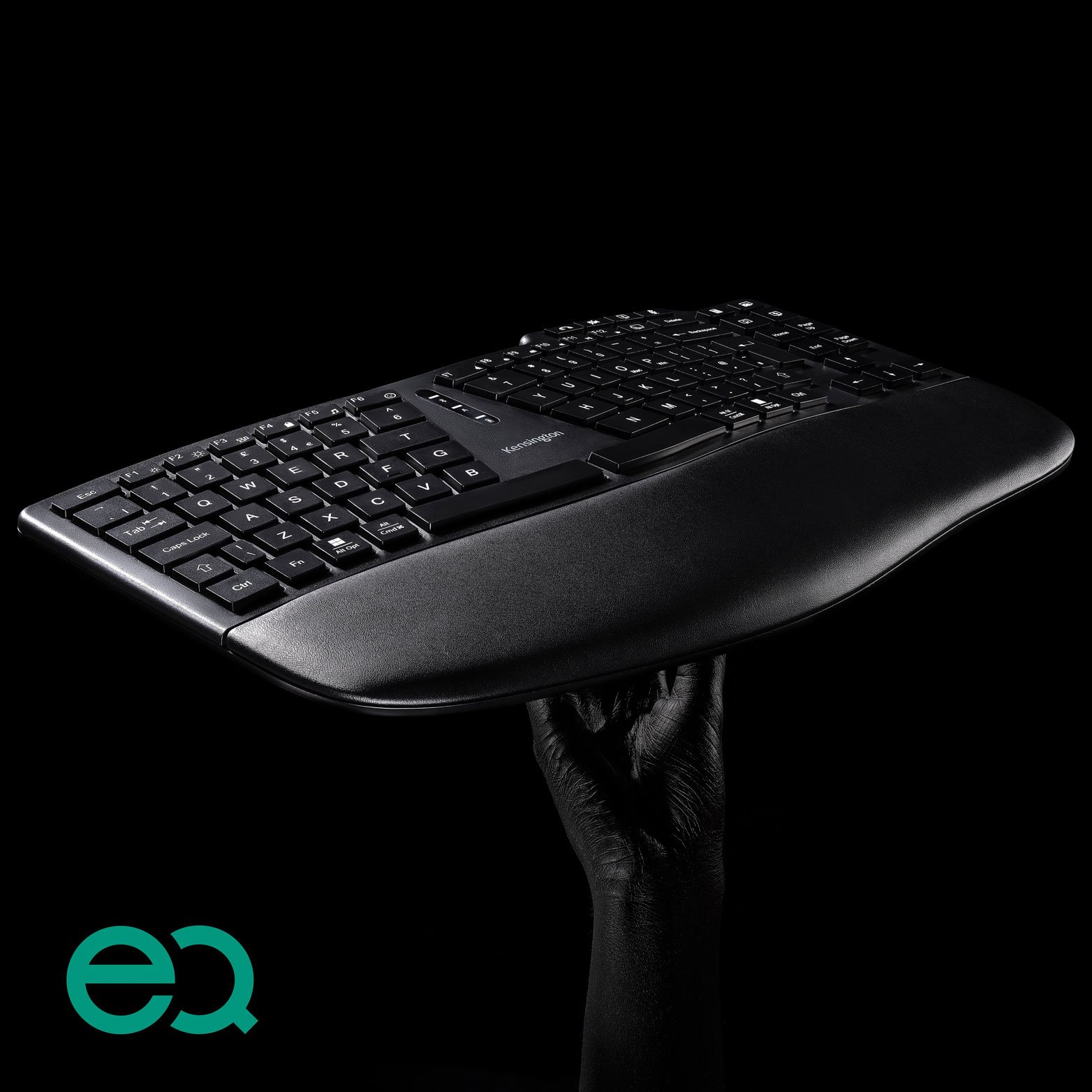
Whether your workspace is at a typical office, a shared environment or in your home, ergonomics should be one of your top priorities. An ergonomically optimized desk can reduce injury, lower stress levels and increase overall work performance. So we sat down with Karl and Anne Kroemer, who are releasing the second edition of their "Office Ergonomics" textbook, to get their professional take on the issues surrounding this hot topic.
1) How long have you been interested in ergonomics?
Anne: My interest first started when I graduated from university the first time (i.e., undergraduate) and began my first job. I had a perfectly lovely workstation with the most modern furnishings for that time and a sleek, expensive office chair. But for the first time in my life, I’d go home at the end of the day and realize that my lower back hurt. And during the day, sitting at that workstation, I’d get so restless. I found myself constantly getting up to grab some water or move around under some ruse, until I finally realized that I was utterly uncomfortable. That sleek, expensive chair? Totally wrong for my physique. It also became painfully (literally) obvious to me that sitting still for hours at a time was an utter impossibility, at least to me, and that the traditional workstation popular at the time would never work for me.
Karl: My interest was far earlier and more obvious: in my general engineering studies early on, I developed a special interest for human physiology applied to the workplace, whether that be a factory, a vehicle, or an office.
2) Why do you think it is such a valuable facet of the workplace?
Office safety is paramount to employee well-being.
3) Do you think employers and their employees are becoming more aware of the importance of ergonomics?
Yes, we do think so. This is because ergonomics at the office can and do literally affect the bottom-line profitability of an organization. Effective ergonomic products and practices can increase productivity by reducing the time taken to complete daily tasks, as well as reducing instances of absenteeism due to work-related injury or illness. As a result of all of these, company productivity can be increased, in turn increasing company profits.
Of course, it’s an evolving science, because our environment continues to change. A couple of decades ago, we were tied to our offices, quite literally, through cords and wires and the need to be physically proximate to colleagues. We could never have envisioned the increasingly nomadic workforce of today. But the nomadic workforce is today’s reality, so the ergonomic challenge continues. For example, how do you make that corner coffee shop ergonomically pleasing for you if you’re there twice a week?
4) Employee well-being programs are growing in popularity, with many large organizations committing to their implementation. What role do you think ergonomics can play in these programs?
By integrating the currently independent activities of health protection and health promotion, companies can create a safer, healthier and more productive workforce. Consider the NIOSH definition of Total Worker Health and how it supports these conclusions: “Total Worker Health™ is a strategy integrating occupational safety and health protection with health promotion to prevent worker injury and illness and to advance health and well-being.”
Simply put, this means that if the workforce is safer, the workforce is healthier.
5) Aside from injury prevention, are there any other benefits to having a clear ergonomic strategy?
Absolutely! A clear ergonomic strategy sends an equally clear message: the employer cares about the health and well-being of his or her employees! This makes employees feel important, understood, heard. And that, in turn, leads to far better employee morale, more satisfied employees. Happier employees are shown to be more productive.
6) Your book, “Office Ergonomics”, is due for release later this summer. When you were writing it, did you have a particular audience in mind?
Interestingly, we had quite a few audiences in mind! The first edition of the book did as well, but this one even more so.
We knew this book would work well in a classroom setting, not surprisingly, as in an applied ergonomics lesson text. In fact, that will probably be one of its larger audiences. But it has many other audiences as well. Consider the burgeoning number of shared office space companies – these are proliferating rapidly. I live in Chicago; if you google “shared office space”, you’ll come up with about 40 different companies right away. Any one of these companies could benefit from the book. Similarly, cafes have become a favorite working place for the “nomadic” worker; managers or owners of these establishments could be an audience for the book. Workers with a home office? Also a possible target.
Importantly, this book goes beyond the quantitative aspects of office ergonomics and also delves into qualitative considerations, such as organizational behavior. This includes topics such as motivation, job satisfaction, stress, work/life balance, and other important topics not always included in discussions of office ergonomics. Consequently, office managers, human resource managers, small business owners are all potential audiences for the book.
Finally, given all of the above, any “office” employee would benefit from reading the book … whether said employee works from a traditional office, a home office, or any other remote location!
7) When it comes to ergonomics, do you have any golden rules?
The most important rule is almost like an “anti-rule”: it’s that everyone is different. There is no one “average” person for whom all design and ergonomics guidelines must apply. You and I might be of the same height and general shape, but that doesn’t mean we’ll do well with the same chair, the same keyboard, the same temperature, the same office climate, even the same colleagues or supervisor.
In our book, we make many recommendations, both quantitative and qualitative, but we also stress throughout the text that everyone is an individual with preferences and differences, and that this uniqueness is as important a design consideration as is, say, height.
8) Are there any products, or devices, that you think can help small businesses (without a large budget) to improve workplace ergonomics and employee well-being?
A well-tuned ear; an open mind! Let’s listen to our employees and colleagues, let’s listen to our own bodies. We’ll give an example: In our book, we cover – among many other things – the traditional QWERTY keyboard – how and why it was created, why it’s still so overwhelmingly and widely used, and why it isn’t ideal for many people. Let’s be open-minded enough to explore other keyboards if our wrists are hurting, to try standing desks if we don’t want to sit, to figure out what’s best for each of us, individually, and embrace what makes us and our working styles unique.
The second edition of “Office Ergonomics” appeals to anyone working in an office or remote environment who is looking to improve their personal or team working space and productivity. Supported by an array of case studies and illustrations, this book is sure to provide you with the right insight on how you can begin to work with ease and efficiency.
